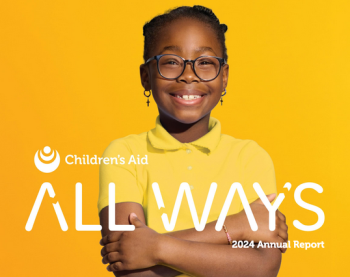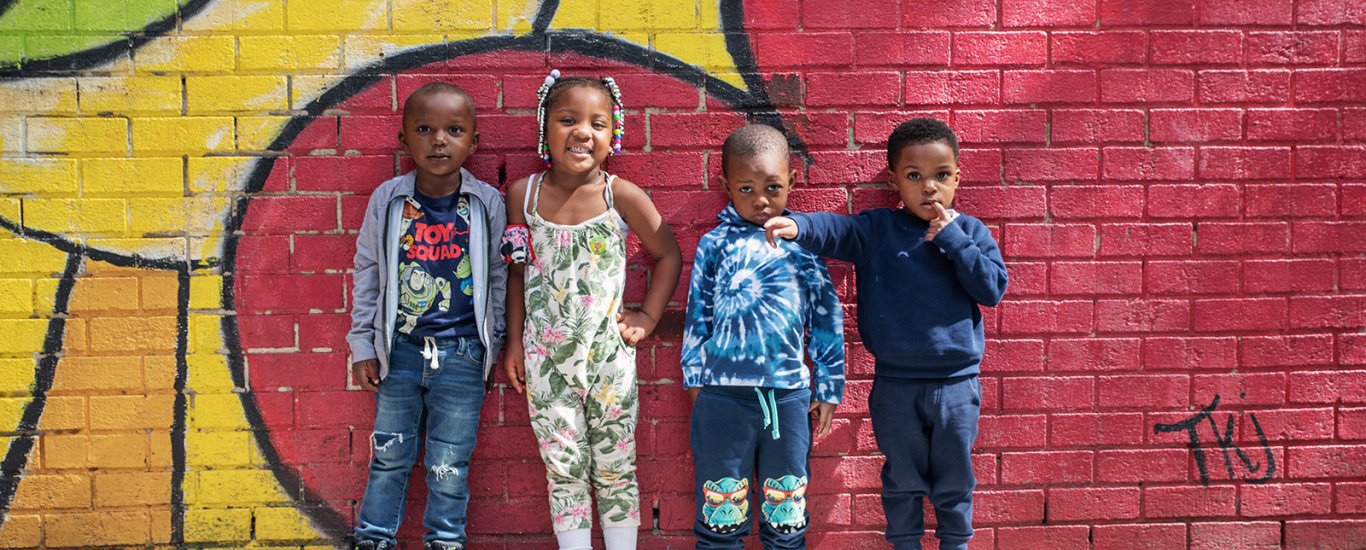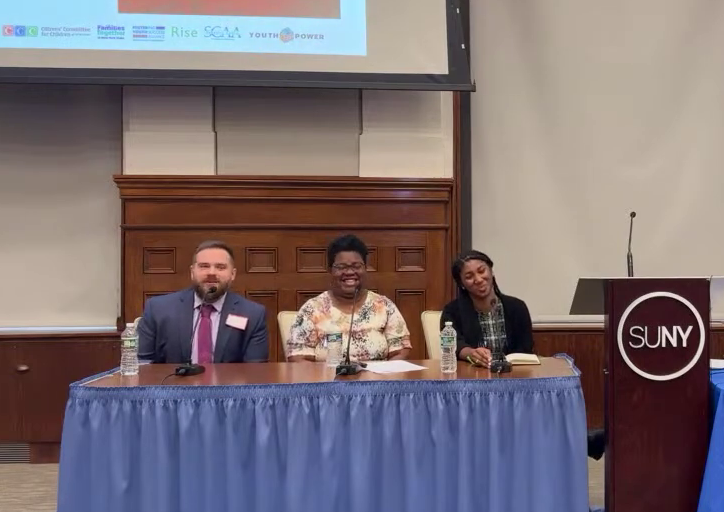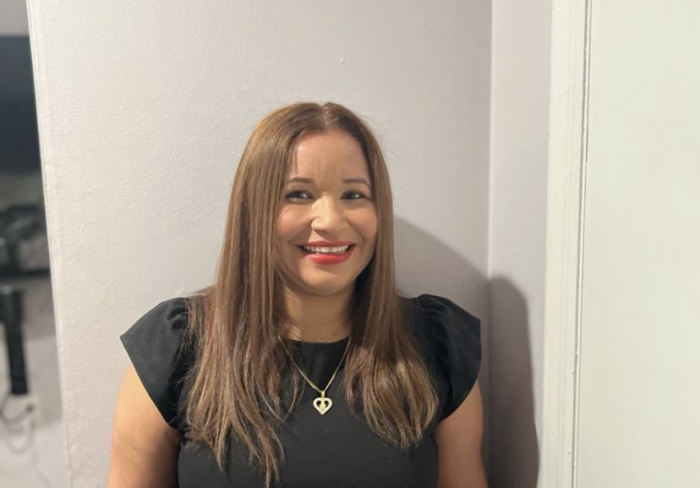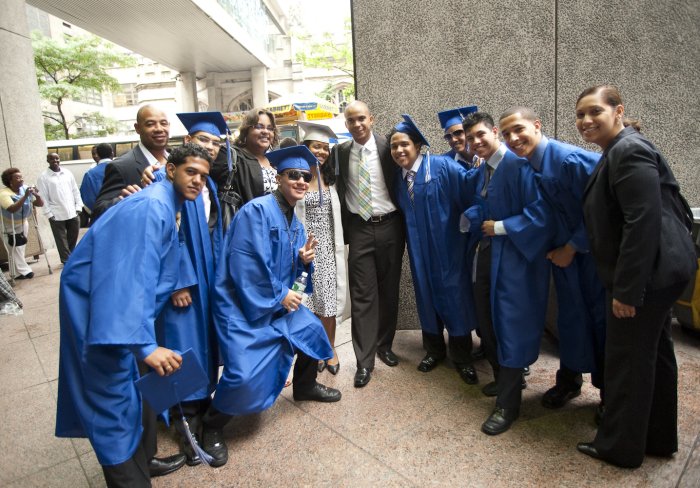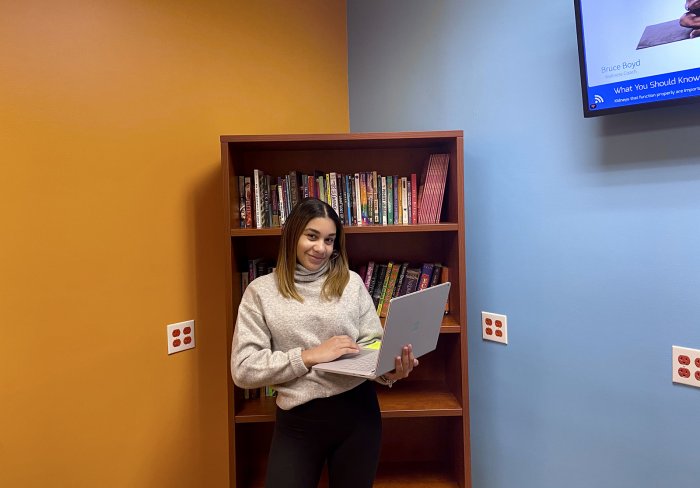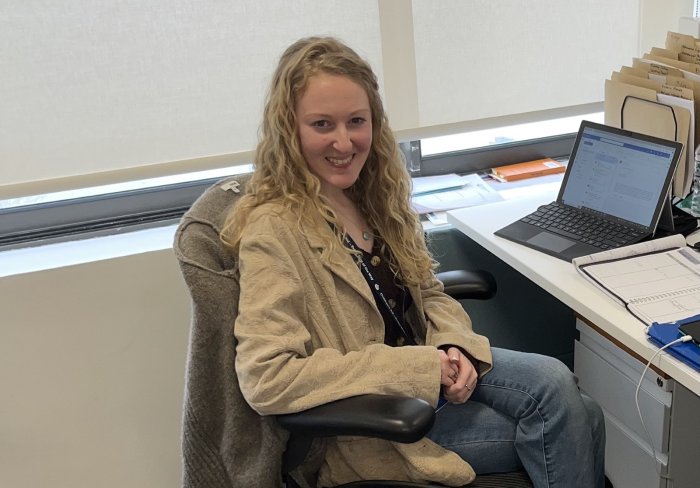On November 1 in Albany, leaders from advocacy, academic research, human services, and public policy organizations gathered to discuss the state of the child welfare system in New York. The summit, which was hosted by Children’s Aid’s Foster Youth Success Alliance (FYSA) and partners, offered attendees fresh insights from researchers and firsthand perspectives from those involved in the system.
The summit offered a unique opportunity for key stakeholders to align on policy priorities for the upcoming 2024 New York State legislative session. Here are three takeaways from an engaging and enlightening event:
